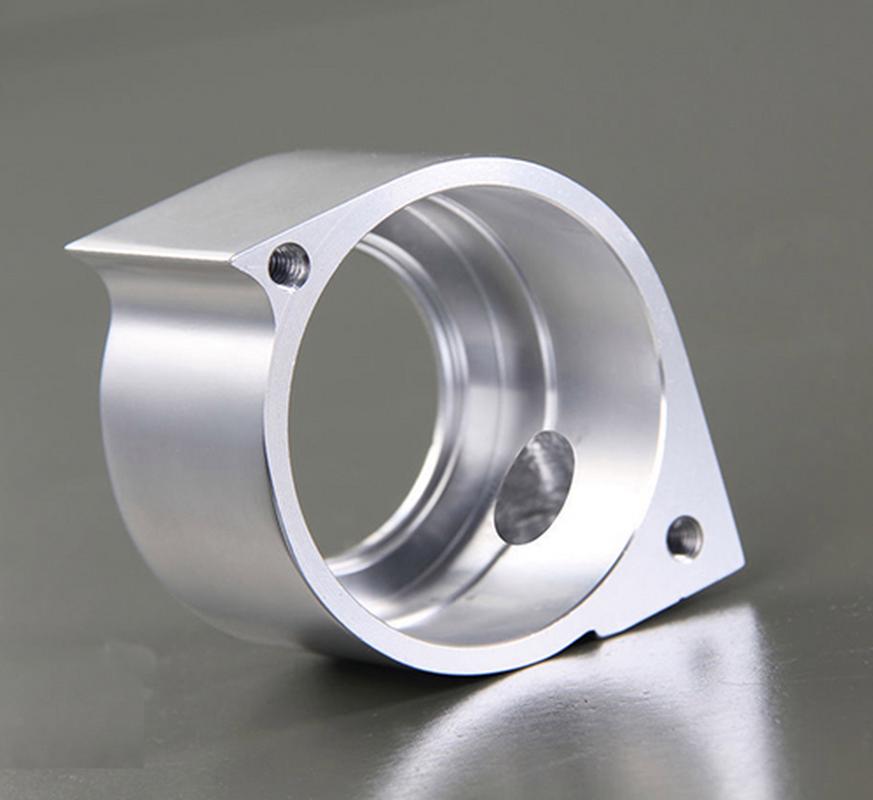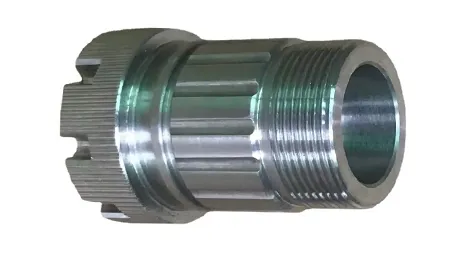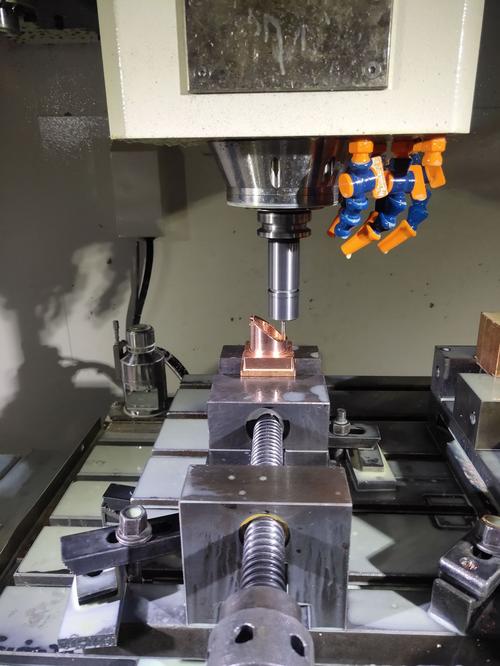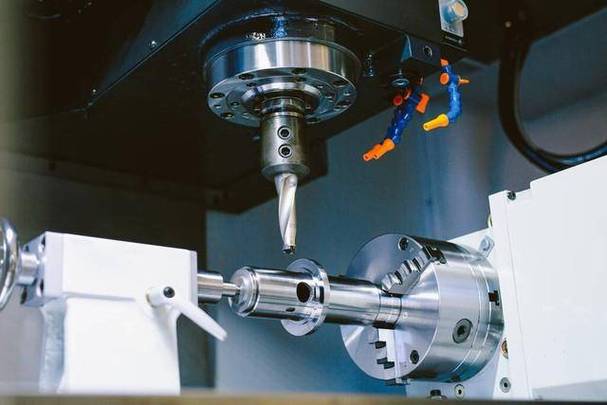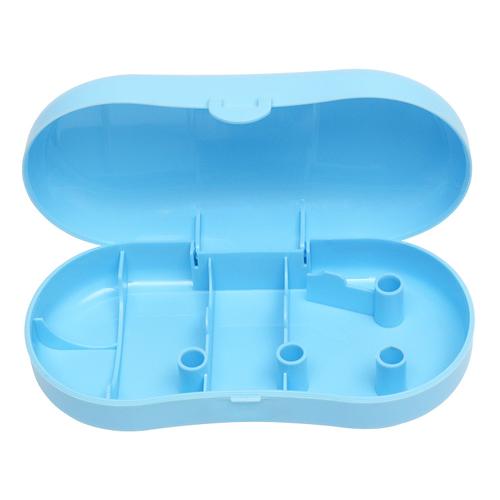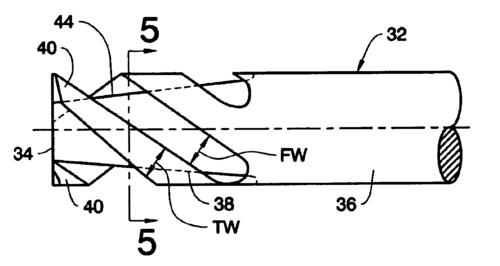1、Answer
The best aluminum alloy for CNC machining is 6061-T6, valued for its balanced performance: moderate strength (tensile strength ≥310MPa), excellent machinability (low tool wear), and good compatibility with surface treatments (e.g., anodizing), suitable for most structural parts.
Alternative options:
Alternative options:
- 7075-T6 (highest strength, tensile strength ≥572MPa): Used in aerospace and high-load scenarios but harder to machine (requires carbide tools);
- 5052-H32 (best corrosion resistance): Suitable for marine/chemical equipment but with lower strength (tensile strength ≤262MPa).
2、Expansion
Core Grade Characteristics and Selection Logic
-
6061-T6: The “Versatile Choice” for CNC Machining
- Composition & Properties: Contains 1% silicon + 0.8% magnesium, strengthened via T6 heat treatment (solution annealing + artificial aging) while maintaining good ductility (elongation ≥12%).
- Machining Advantages:
- Low cutting resistance (30% less than 7075), compatible with high-speed steel (HSS) tools, feed rate up to 800mm/min;
- Low thermal expansion coefficient (23.6×10⁻⁶/℃), ideal for precision machining (tolerance ±0.02mm).
- Typical Applications:
- Mechanical parts (fixtures, gearboxes), drone frames (lightweight + vibration resistance), industrial radiators (thermal conductivity 180W/m·K).
-
7075-T6: The “Performance King” for High-Strength Scenarios
- Composition & Properties: Contains 5.6% zinc + 2.5% magnesium, strength approaching steel (hardness HB≥150) but with poor corrosion resistance (requires plating protection).
- Machining Challenges:
- Prone to tool adhesion (needs diamond-coated or carbide tools, cutting speed ≤300mm/min);
- High residual stress (stress-relief annealing required after rough machining, adding 20% cost).
- Typical Applications:
- Aerospace structures (wing ribs, landing gear), racing components (30% weight reduction with 50% load increase), high-pressure valves (pressure resistance ≥20MPa).
-
5052-H32: The “Specialized Choice” for Corrosion Resistance
- Composition & Properties: Contains 2.5% magnesium (copper-free), strengthened via cold working (H32 = 1/4 hardening), salt spray corrosion resistance 5x that of 6061.
- Machining Limitations:
- Prone to built-up edge (feed rate must be reduced below 0.1mm/r);
- Unsuitable for high temperatures (service temperature ≤65℃).
- Typical Applications:
- Marine engineering parts (ship fittings, seawater pipelines), chemical equipment casings (acid/alkali resistance), laptop casings (smooth anodized surface).
Machining Parameters and Cost Optimization
- Tool Selection:
- 6061 can use standard HSS end mills ($20–$50 per tool);
- 7075 requires tungsten carbide (WC) or PCD tools ($200–$800 per tool), with 5–10x longer lifespan.
- Coolant Strategies:
- Water-soluble coolant for 6061 (prioritizes cooling);
- Oil-based coolant for 7075 (prioritizes lubrication to prevent tool bonding).
- Cost Comparison (for 100 aluminum blocks):
Grade Material Cost/Unit Machining Time/Unit Total Time Total Cost 6061-T6 $15 30 minutes 50 hours $850 7075-T6 $25 1 hour 100 hours $1,750 5052-H32 $20 45 minutes 75 hours $1,275
Special Scenario Extensions
- High Surface Finish Requirements: 6063-T5 (0.35% silicon) is preferable, achieving surface roughness Ra0.8μm without secondary polishing (e.g., optical instrument casings).
- Extreme Lightweight Needs: 2024-T3 (4.4% copper) offers strength comparable to 7075 but with 3% lower density (2.78g/cm³), used for aerospace weight-sensitive parts (satellite brackets), though prone to discoloration after anodizing.
- Rapid Prototyping: Pre-machined 6061-T6 billets (e.g., Φ100mm aluminum rods) are readily available, saving 3 days of lead time compared to custom 7075 billets.
Conclusion: 6061-T6 is the best cost-effective choice for general applications; choose 7075-T6 for strength (accepting higher cost and machining difficulty); opt for 5052-H32 for corrosion resistance (sacrificing some strength). Actual selection should integrate part service environment, machine tool rigidity, and budget.

